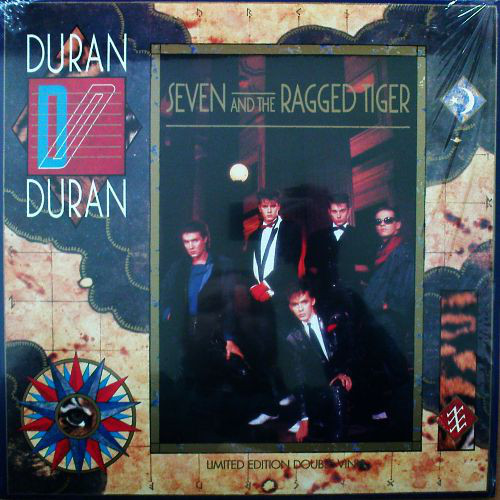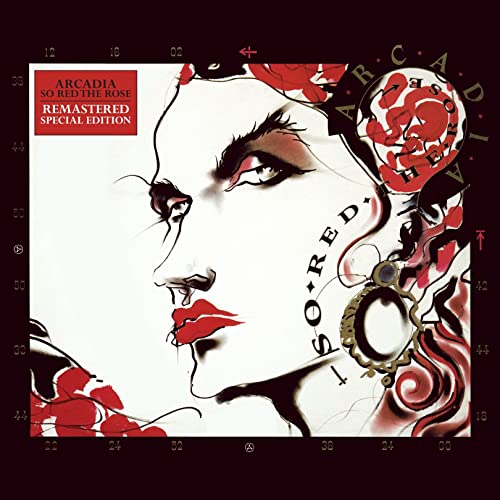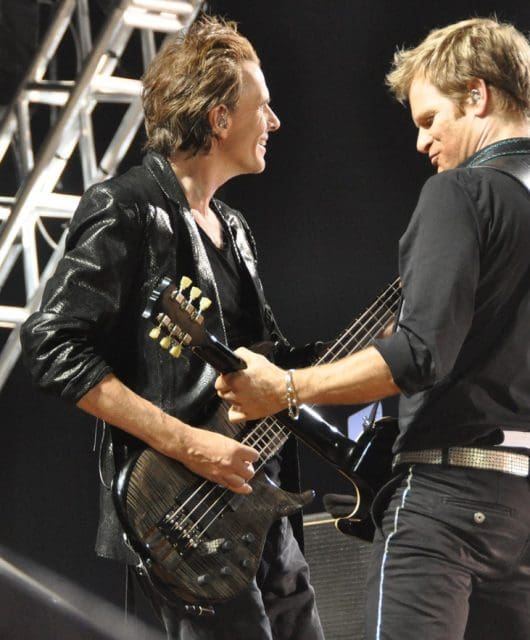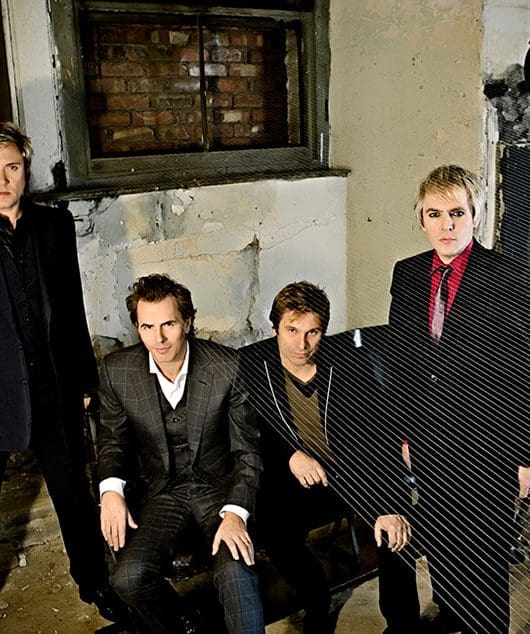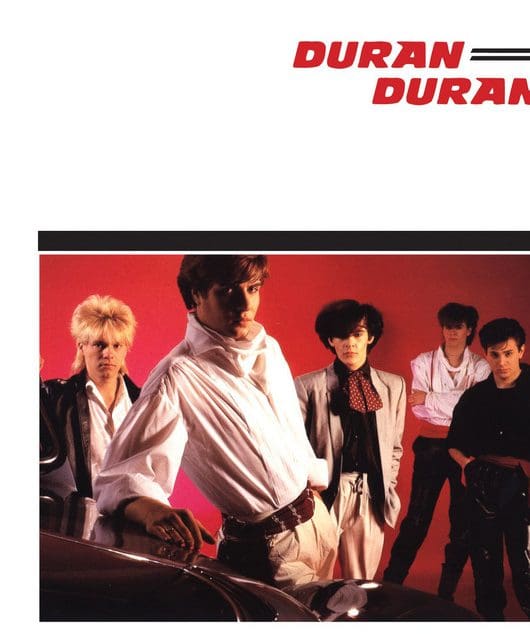Making Duran Duran: Notorious
By Classic Pop | July 5, 2021
Returning from their hiatus diminished in size and stature, the three-man Duran Duran recruited two new members and turned to Nile Rodgers to help them get their groove back, resulting in their funkiest work to date – Duran Duran: Notorious… By Mark Lindores
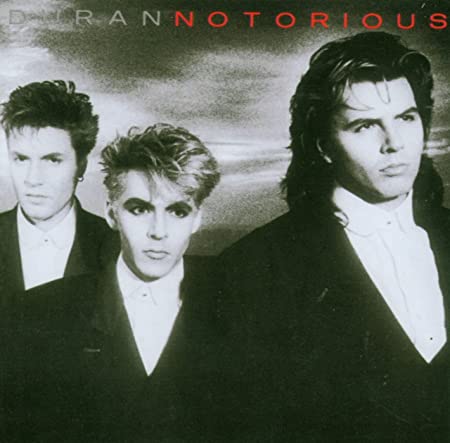
The road to Duran Duran: Notorious was a long one. Following the band’s mid-80s hiatus during which they indulged their musical infidelities in the form of The Power Station, Arcadia and solo experiments, the group’s planned reunion in 1986 was not what any of them had expected.
As well as being down to a three-piece following the departures of Andy and Roger Taylor, the band had split from long-term managers Paul and Michael Berrow, the Birmingham brothers that had guided them to global stardom.
It wasn’t just the band itself that had changed – the pop world had undergone a seismic shift post-Live Aid, developing a social conscience that rendered the vulgarity of globe-trotting playboys flaunting their wealth and excesses in everyone’s faces null and void.
Meanwhile, in the land of the teen mags that Duran Duran once ruled, Norwegian trio A-ha had stolen the hearts of Britain’s teenage girls with their impossibly catchy hits and heartthrob lead singer Morten Harket, causing many to question what the future held for Le Bon and Co.
As the band regrouped to discuss their fourth studio album, they were essentially a four-piece. Roger Taylor had made it clear from the offset that he wanted to leave the band and the music business altogether.
Burnt out after half a decade of mass hysteria and intense scrutiny, he moved to a farm to instil normality back into his life.
Andy Taylor was trickier. After weeks of uncertainty as to whether he was rejoining or not, he left without telling the others. Then he assembled a legal team to conduct his departure, at one point even attempting to stop the band using the Duran name.
“Andy really messed us around,” Simon recalls. “It made the whole artistic process really difficult because we had to have meetings with lawyers at 10 in the morning, and these would drag on, then we’d try to get on with work, but it was hard to get into creative mode after that.”
Though Andy’s departure had a negative impact creatively, John Taylor remembers the remaining three members bonding closer than before.
“It galvanised us,” he says. “We had gone on our own paths with The Power Station and Arcadia, but our relationships after that moved to a whole new level, because we were now just three, fighting to survive. Like one of those soccer teams down to 10 men – stronger, more determined, more focused. Less can be more. That was the silver lining.”
Though the trio had begun writing and recording in London and France, they had no clear direction for the record. Demoing tracks, some of which would survive, they nicknamed them after Hitchcock films for identification purposes. Their only criteria for the record was that it was to be a Duran funk album.
With that in mind, they asked Nile Rodgers to fill in as guitarist, not wanting to recruit permanent new members as they were still unsure whether the situation with Andy would be resolved.
“I always describe Duran Duran as my second band after Chic,” Rodgers told Spinner. “I think that we were the right pairing at the right time. I don’t like to overly take credit for anything, but since they said it first…
“Had I not been there in their lives at that pivotal time of their lives, when we did Notorious, when the two other Taylors left, that’s a heavy blow to a band at the top of their career.
Duran Duran: Making Seven And The Ragged Tiger
Duran Duran: Making Rio
“I think I was the glue that held that together. I used to say to the guys, ‘People don’t realise how great you are. You’re still like this boy band and the girls are still talking about your looks, and the music becomes sort of an added bonus.
“Now it’s time to go in the direction where you can become more like a U2 that’s really classic and solid artistically. You gotta build that foundation, and let’s take the fans along with us.’ And that’s what the Notorious album was supposed to do.”
With Rodgers on board as guitarist (and later taking on production duties), they completed their line-up with Warren Cuccurullo (who had contacted the band and offered his services after Andy Taylor informed him he’d left the group) and drummer Steve Ferrone.
These incoming members combined with the originals’ new-found renewed vigour and passion to ignite a fresh creative flare.
The title track, one of the first to be written, set the tone for the rest of the record.
“Notorious was such an important song for us, because Simon, Nick, and I were left holding the flame, sort of wondering, ‘Can we keep this going? Can we maintain the momentum?’” John says. “We’d already taken a break and we knew we weren’t the biggest band in the world anymore, and the question was, did we have a hit in us?
“And, again, we have to be grateful for Nile, because Nick and Nile really sort of cooked up the main hook to the opening, the sort of guitar hook to the song. And by the time we finished it, we knew we had a song that could announce the next phase of the band’s career.”
Tracks such as Skin Trade, Vertigo and American Science displayed a loose funkiness which harked back to the disco/funk sound Rodgers had pioneered with Chic. However, unlike his work with David Bowie and Diana Ross, on which the main artists had a tendency to sound like guest performers on a Nile Rodgers record, Notorious retained Duran Duran’s identity, with the results revealing a more balanced collaboration.
“It was patently obvious very quickly that we were going in that funk-driven direction,” Simon says. “I was initially quite surprised, but I shouldn’t have been, because if you listen back to tracks such as Last Chance On The Stairway we knew we had it in us. Once we started making the music, we didn’t even think about it. The last thing on our minds was how it was going to be received. We thought it was great.”
Released in October 1986, comeback single Notorious reached No.7 in the UK, faring much better in the US, where it peaked at an impressive No.2.
The album followed a month later and it topped out at No.16, making this the band’s first album to miss the Top 10. Further disappointment came with both Skin Trade and Meet El Presidente missing the Top 20.
Duran Duran: Making The Wedding Album
Read our feature on Duran’s cover art
John Taylor felt disillusioned by the Notorious album’s failure, having felt almost certain it would be a hit. “We felt we redefined the sound of the band in a good way,” he says. “We thought the title track and Skin Trade were great songs. When you look back through your albums, even if they all have one great song that goes into your canon, not all of them have something unforgettable. Notorious in particular has done great things for us over the years.”
The title track got a new lease of life in 1999 when the chorus was sampled for a posthumous song from rapper Notorious B.I.G., forming the basis of a track now considered a hip-hop classic.
More than three decades after its release, it is being discovered by new generations, and the Biggie track is used as the walkout music for mixed martial arts superstar Conor McGregor.
For more info on Duran Duran check out their official website here
Read our feature on Duran’s 1990 album Liberty


